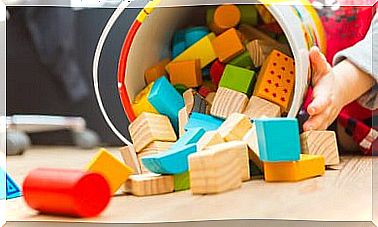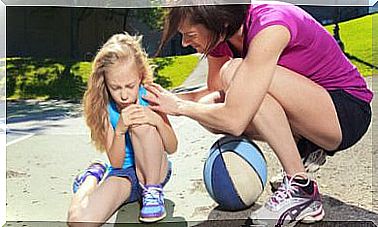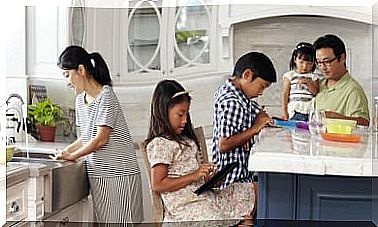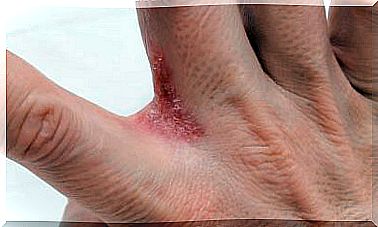Keys For Safe Carrying
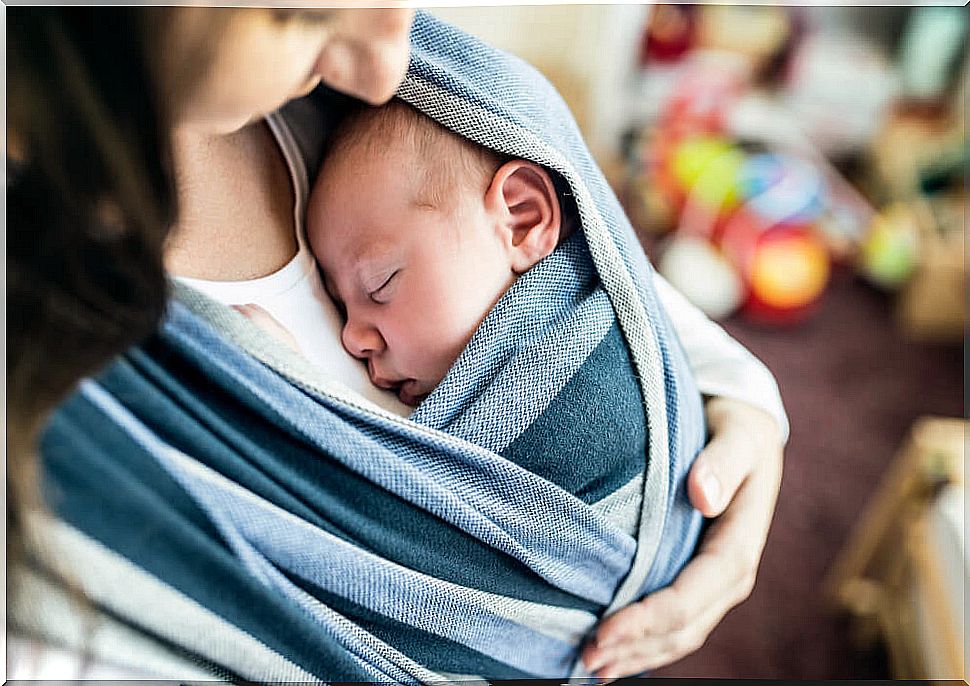
Currently, there is a wide variety of devices that allow carrying: backpacks, handkerchiefs, scarves … It is important to know how they work and what are the points to take into account when choosing one or the other to carry out a carry insurance.
The multiple benefits and advantages of carrying when traveling with our babies have been demonstrated. Both parents can put it into practice and discover how beneficial direct contact is for both of them.
Porting benefits
Some of the benefits of carrying for babies are the following:
- It increases the physical contact baby – caregiver, which improves the bond and the feeling of security in the little one.
- It reduces your crying, as well as helps you sleep better.
- It favors breastfeeding, and encourages breastfeeding on demand.
- Prevents postural plagiocephaly.
- Strengthen secure attachment.
And in the carrier, among others:
- It allows greater mobility and autonomy by not depending on the cart.
- Promotes self-esteem.
- Lowers the risk of postpartum depression.
- Used correctly, carrying devices protect and strengthen the back muscles.
Age of start of porting
With backpack-type devices, it is not recommended to carry before the baby is 6 months old. If you want to carry at this stage, it is recommended to use scarves that allow the baby to be collected, since they are still too small to stay seated and their physiological posture implies that their back is curved in a C shape.
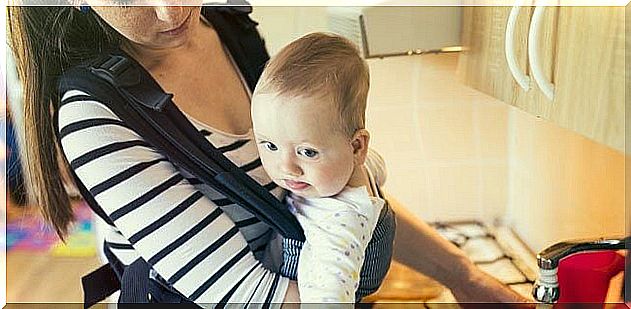
Safe carrying at this stage, carried out correctly, is very beneficial for the baby, since it allows him to be in contact with his parents, transmitting security and calm. It is essential that the baby’s face is always clear and visible, since we must be able to easily check that he is breathing correctly.
Baby looking forward or backward?
The baby must always be looking towards you, that is, with his face towards the chest of whoever is carrying him. This is very important since, if the baby is facing forward, his physiological posture is modified by rectifying his lumbar curvature. In addition, in this position you will hang your legs (it increases the risk of hip dysplasia) and you will be overstimulated with the environment around you.
Although for older children, there are other carrying alternatives (on the hip or on the back), which allow them greater visibility and respect their physiological posture.
Ergonomic posture
It is very important that the device we use to carry, be it a scarf, backpack or scarf, allows an ergonomic position for both the baby and the carrier. Carrying should not be annoying for the wearer, so before buying a device, try it and check that it fits snugly on your back and that it does not stick or loosen.
Learn to handle it without the baby first, so it will be easier for you to use. Ideally, it can adapt to the growth of the baby, be made of a breathable fabric, and have no zippers or buttons to bother you.
In the first months, the baby can go in a “cradle” position in the wrap, always with his face visible and positioned at the correct height to ensure that he breathes without difficulty. But it is essential to follow the recommendations of the experts when carrying out a safe carry.
After 6 months , you can sit on the backpack, but it is very important that your legs do not dangle, since this position does not respect the physiology of your hips and could cause injuries (hip dysplasia). The baby must be seated, with the legs bent like a frog (M-shaped legs).
How high do I place the baby?
The baby’s head must have freedom of movement, always with space between the nose and the body of the carrier to be able to breathe properly and his face must always be visible. For example, being able to kiss the baby’s head once it is placed in the backpack is often used as a reference.

Key Recommendations for Safe Carrying
- Never carry inside a moving vehicle. The baby must be correctly placed in a restraint device suitable for his weight and size.
- The baby’s head must be free to move and his face clear so that he can breathe.
- You should not carry yourself while performing activities with risk of falls (skating, cycling, hiking …).
- Do not cook while carrying it, due to the risk of burns.
- Avoid slippery areas that can cause falls.
- Adapt the size of the device to the weight and size of our baby and make sure that it is in good condition.
In short, remember to consult any questions you have with your reference professional. You will love this new alternative to safe carrying!




